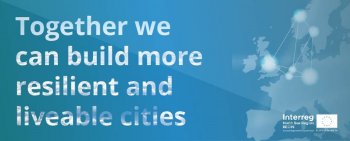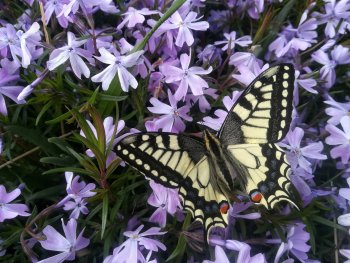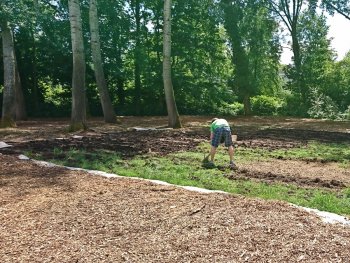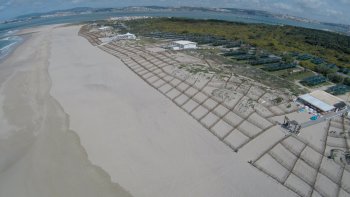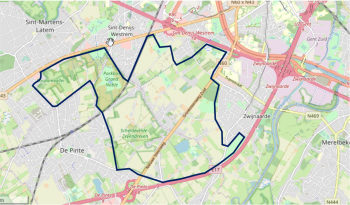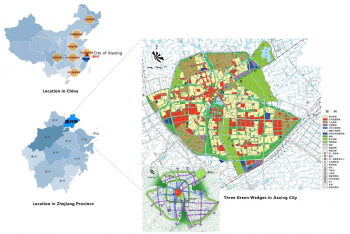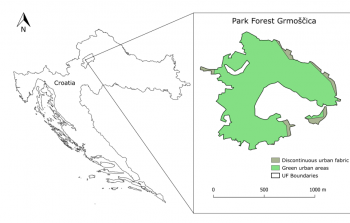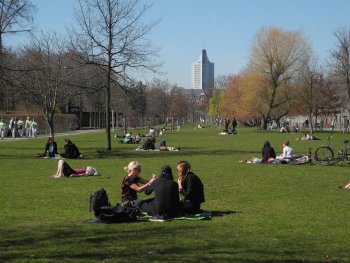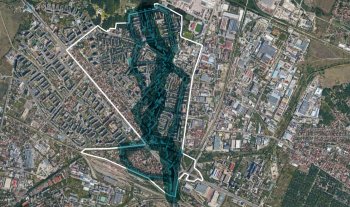Greening Rome for human and ecosystem health
Within the EnRoute Project, the challenge of the City Lab of Rome is to apply the urban-MAES framework on a multi-scale progression.
In particular, the following policy questions have been addressed:
- Improvement of air quality at the sub-municipality level (II District – II Municipio) according to the local demand for the service and compared to the metropolitan city context. This area is characterized by high air pollutant levels such as particulate matter and tropospheric ozone (Cattani et al., 2017; Manes & Sarigiannis, 2011), which often exceed air quality ...More


